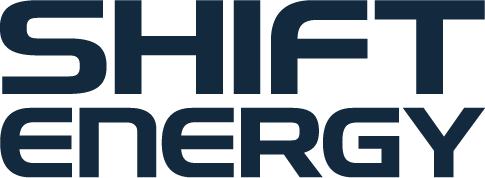Reducing Energy Costs and Carbon Emissions in an NHL Arena
| Client | NHL Arena |
| Location | Western Canada |
| Facility | 475,000 Square Feet |
| Control System | Johnson Controls |
| HVAC System | On-site Chiller Plant, Constant Volume Air Handling Units (AHU), Pumping, Heating via Offsite District Steam |
Located in western Canada, this 475,000 square foot venue is home to an NHL franchise. In addition to hockey, the arena hosts concerts, tradeshows, different sporting events and a variety of other activities throughout the year. The facility’s owners and managers wanted to cut their energy costs and carbon emissions without sacrificing guest comfort. They came to SHIFT Energy to get the job done.
The facility primarily uses electricity with about 20 percent of its energy coming from steam. Like most large facilities, it has a number of energy consuming systems including zone air and temperature control (mostly constant volume AHUs), cooling through an on-site chiller plant, cooling for the ice surface through an on-site chiller plant, lighting, ventilation, pumping and heating via offsite district steam.
Project Highlights
- Reduce energy costs and carbon emissions while ensuring comfort of guests and quality ice conditions
- Used EOS Smart Data to integrate software managing facility event schedule into cooling and heating operations
- Effectively navigate the changing energy needs and event conditions of sports, concerts, and other events
- Ensure precise temperature and humidity controls for ice surface during NHL games
- Optimize staging of equipment to ensure it runs as efficiently as possible
Approach
Our SHIFT team worked closely with key people at the arena to implement SHIFT’s autonomous Energy Optimization Software (EOS) that achieved greater energy efficiency, cut energy waste, and reduced Greenhouse Gas emissions, all while ensuring tenant comfort and meeting the exacting standards for NHL ice quality. SHIFT’s solution works with existing building systems and quickly integrated with the facility’s Johnson Controls’ BAS, and seamlessly managed an upgrade of that system following the original installation.
Results: Consumption and Emissions Impact
Electricity Consumption Savings
1,250,077 kWh per year
Steam Consumption Savings
656,023 lbs per year
Carbon Emissions Reduction
60 tCO2-eq per year
Standards Met
Temperature and humidity demands for NHL ice surface
